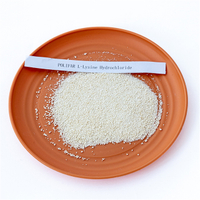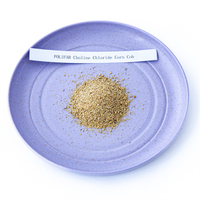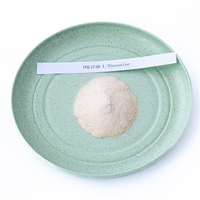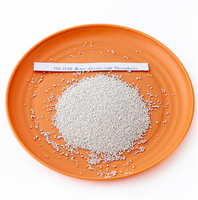Views: 15 Author: Site Editor Publish Time: 2020-06-16 Origin: Site








![]()
Trace elements play a very important nutritional value in animal feed. The importance of trace elements in feed cannot be underestimated, but if it is not added scientifically, the proportion is unreasonable, and small or excessive additions will not play a nutritional role. It may even have a counter-effect, and in severe cases, it may cause symptoms of poisoning in the fed animals.
This article contains the following:
The role of trace elements in feed
Various diseases caused by lack of minerals and trace elements in feed
Feeding method of mineral and trace element additives
1. Minerals play an important role in metabolism and are important structural substances in livestock and poultry. Calcium and phosphorus are the main components of epiphysis and teeth. Phosphorus is abundant in the organs of livestock and poultry and participates in every biochemical reaction in livestock and poultry. Elements such as hammer, bowl, copper, iron, cormorant, and drill are prosthetic groups or hormones of enzymes and play an important role in the physiological activities of livestock and poultry.
2. It can regulate body fluids, keep the osmotic pressure between intracellular fluid, lymph, and blood constant, and ensure that cells obtain necessary nutrients to maintain life activities.
3. Maintain the acid-base balance of the blood. Inorganic salts (bicarbonates and phosphates) are important buffer substances in the blood.
4. Minerals can affect the solubility of other substances in livestock and poultry. Spread and chlorine are raw materials for forming gastric juice and gastric acid, and can promote the activities of digestive enzymes, make the feed into a soluble state, and improve the utilization rate of the feed. Because it has a catalytic effect on the enzymes of the digestive juice, it can improve the digestive effect, and can improve the palatability of the diet and increase the appetite of livestock and poultry.
The role of minerals and trace elements in maintaining the normal physiological functions of livestock and poultry is very important. Deficiency of minerals can cause a variety of diseases and symptoms.
1. Calcium and phosphorus. Livestock and poultry require the most calcium and phosphorus. Insufficient calcium and phosphorus can cause chondropathy, stagnation of young animals, osteoporosis and softening of bowel and intestinal relaxation. Ninety-nine percent of the calcium in livestock and poultry is found in bone regrets. The eggshell of poultry eggs is mainly composed of calcium carbonate.When the calcium is lacking, the eggshell becomes thinner, the egg production is reduced, and even shellless eggs and soft-shelled eggs are produced. It contains more phosphorus), and it is more abundant in legumes, mainly in limestone, shells and bone meal. When the calcium content in the blood decreases, parathyroid cells enlarge, often causing healing, disrupting the internal metabolism of tissues, causing loss of appetite, vulgarism, and even loss of productivity. In addition to paying attention to the supply of calcium and phosphorus, we must also pay attention to the ratio of calcium and phosphorus. Domestic animals are generally two to one, and poultry three to one is more appropriate. Because calcium is alkaline and phosphorus is acidic, the proper ratio of the two can keep the blood and other body fluids neutral.
2. Iron exists in hemoglobin and enzymes in tissue cells. When iron is insufficient, young animals, lactating piglets are prone to anemia and malabsorption of various tissues. Iron and copper participate in the formation of hemoglobin, and iron is poorly absorbed when copper is lacking in the feed. When copper is insufficient, it will naturally cause anemia. The coat of livestock and poultry is rough, and the wool exhibits less warping and lower yield. Even though the calcium and phosphorus content in livestock and poultry are normal, the lack of copper also affects the normal development of bones in livestock and poultry. The epiphysis of young animals and poultry is easily broken and the joints become swollen and inflamed. The forelimbs of the cattle were bent and catching occurred. Lambs often suffer from loss of pulp. In addition, the estrus of livestock and poultry is not normal.
Feeding methods are mostly ready-to-feed. The compound feed includes more than a dozen kinds of feeds. Whether they can be stirred evenly has a great impact on the feeding effect of minerals. The amount of trace elements in minerals is relatively small. Currently, premixing is generally used, that is, firstly adding a small amount of additives to corn and paragraph Class, mix them together first. Then mix well with other mixtures to make a full-price diet with better nutrition. The addition of minerals and trace elements in the feed should be appropriate. Too much can cause poisoning. You should follow the instructions for use or follow the veterinarian's attention.
Polifar has many feed additives and food additives you want. Please contact us when you have demands.






